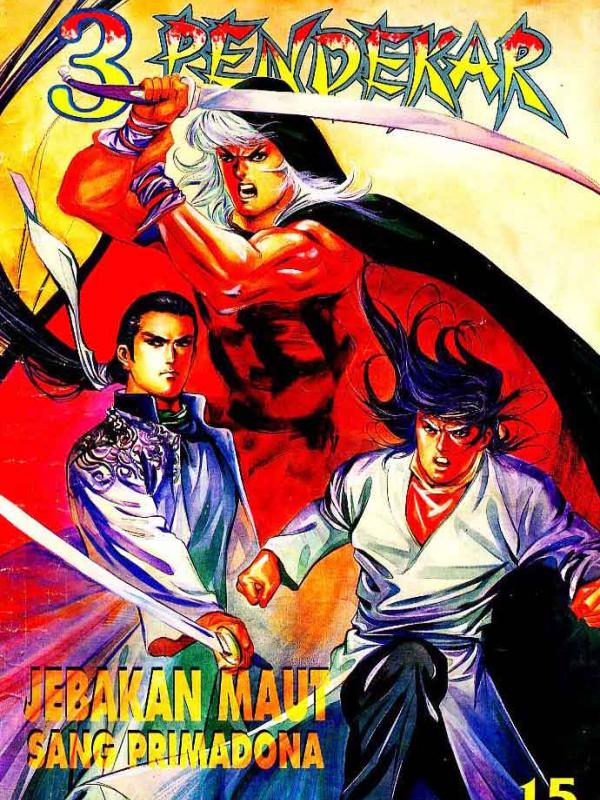
^ a b The Book of Ceremonial Magic, part I, chapter II, section 1: 'The Arbatel of Magic' Arthur Edward Waite London, 1913 available online at The Internet Sacred Text Archive, (direct link to section).^ a b c d e f g h i Arbatel: Concerning the Magic of the Ancients, Newly translated, edited and annotated by Joseph H.^ a b Arbatel De magia veterum (Arbatel: Of the Magic of the Ancients), Anonymous, ed.Newly translated, edited and annotated by Joseph H. Peterson, Arbatel: Concerning the Magic of the Ancients. Latin text with parallel English translation by Joseph H.Claims to be translated from the original Latin, but appears to be a retranslation of Turner's English version. French translation by Marc Haven, Nice, 1945.Mostly follows Luppius, with some corrections to match the original Latin. Another German translation by Scheible, Stuttgart, 1855.Another partial independent English translation in the Sloane MS, 17th century.This version (as part of Gauntlet's notebook) was later edited and published by David Rankine and Avalonia press as The Grimoire of Arthur Gauntlet in 2011. It does, however, feature a 'Seal of Secrets' mentioned in one section that is absent from all other versions. Copied from the notebook of a physician named Arthur Gauntlet.

A different translation from Turner's, with more corruptions, errors and even missing sections.

In 1623, an accused witch named Jean Michel Menuisier revealed that, despite not owning a copy of the Arbatel, used a few invocations from it. In 1617, the University of Marburg took action against two professors who intended to use the grimoire as a textbook, and expelled a student obsessed with it. The book was condemned by Johann Weyer in his De praestigiis daemonum as being 'full of magical impiety', and by Reformed Church censor Simon Sulzer. It was where Thomas Vaughan found the term anthroposophy, later adopted by Rudolf Steiner to describe his belief system. Indeed, Jakob Böhme may have chosen the word 'Theosophy' to describe his ideas due to its use in the Arbatel. It was possibly the first work to use 'Theosophy' in an occult sense (as opposed to a synonym for theology), and for distinguishing between human ('anthroposophia') and divine knowledge ('theosophia'). The Arbatel was one of the most influential works of its kind from its period, inspiring figures such as Johann Arndt, Gerhard Dorn, Adam Haslmayr, Robert Fludd, Heinrich Khunrath and Valentin Weigel, in addition to its editor and publisher, Zwinger and Perna. (All of these traits also feature in the works of Jacques Gohory, which Peterson claims as evidence for his theory of Gohory's authorship.) Reception and influence Indeed, the Arbatel is both broadly and deeply rooted in classical culture, including Ancient Greek philosophy, the Sibylline oracles and Plotinus, in addition to the contemporaneous theology and occult philosophy of figures such as Iovianus Pontanus and Johannes Trithemius. The Arbatel cannot be understood if separated from the philosophy of Paracelsus, who appears to have coined the term 'Olympic spirits', and was the inspiration for the Arbatel 's understanding of elementals (including Paracelsus's gnomes and the uniquely Paracelsian 'Sagani'), the macrocosm and microcosm, and experimentation combined with respect for ancient authorities.


The Bible is the source most often quoted and referred to throughout the work (indeed, the author appears to have almost memorized large portions of it, resulting in paraphrases differing from the Vulgate).


 0 kommentar(er)
0 kommentar(er)
